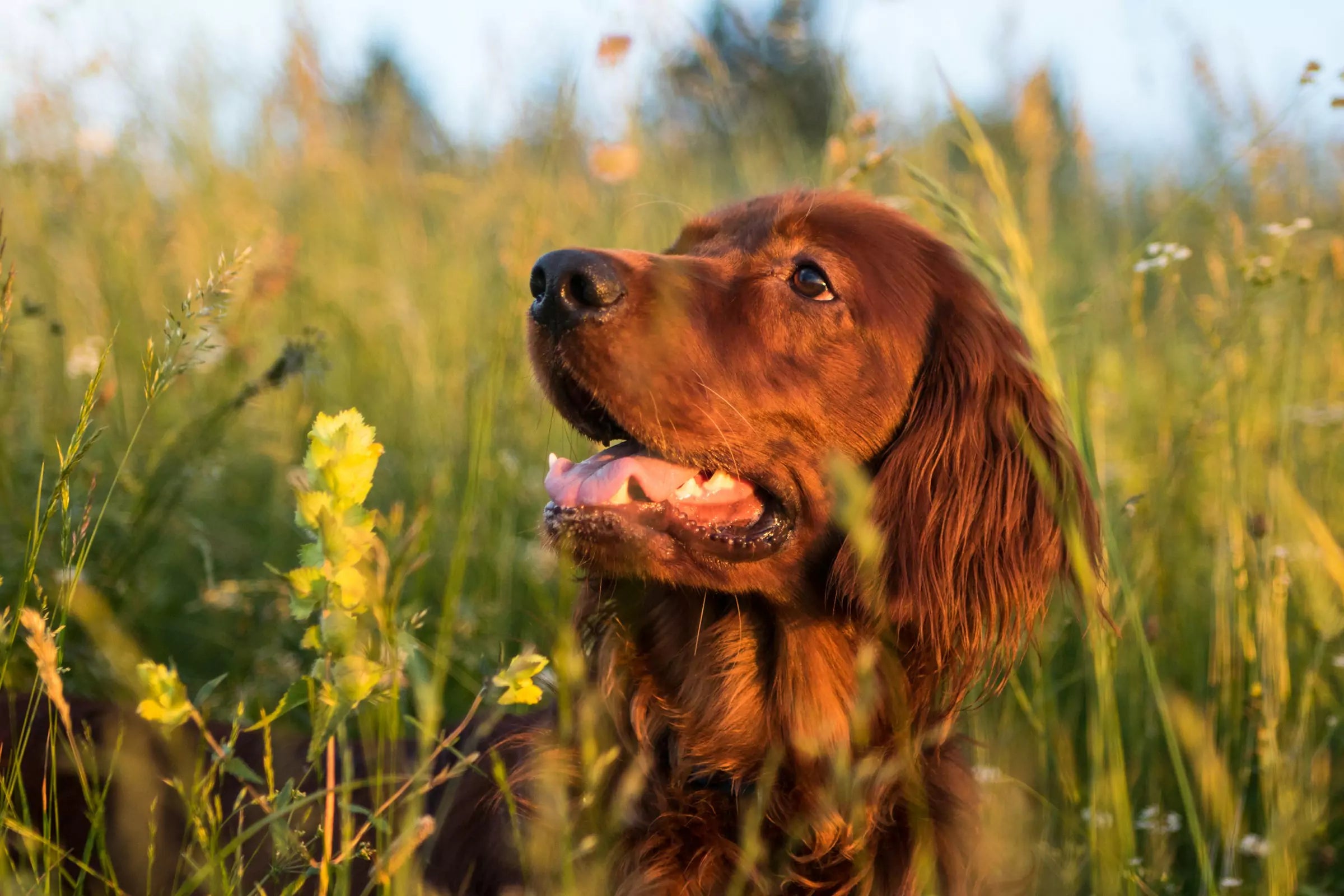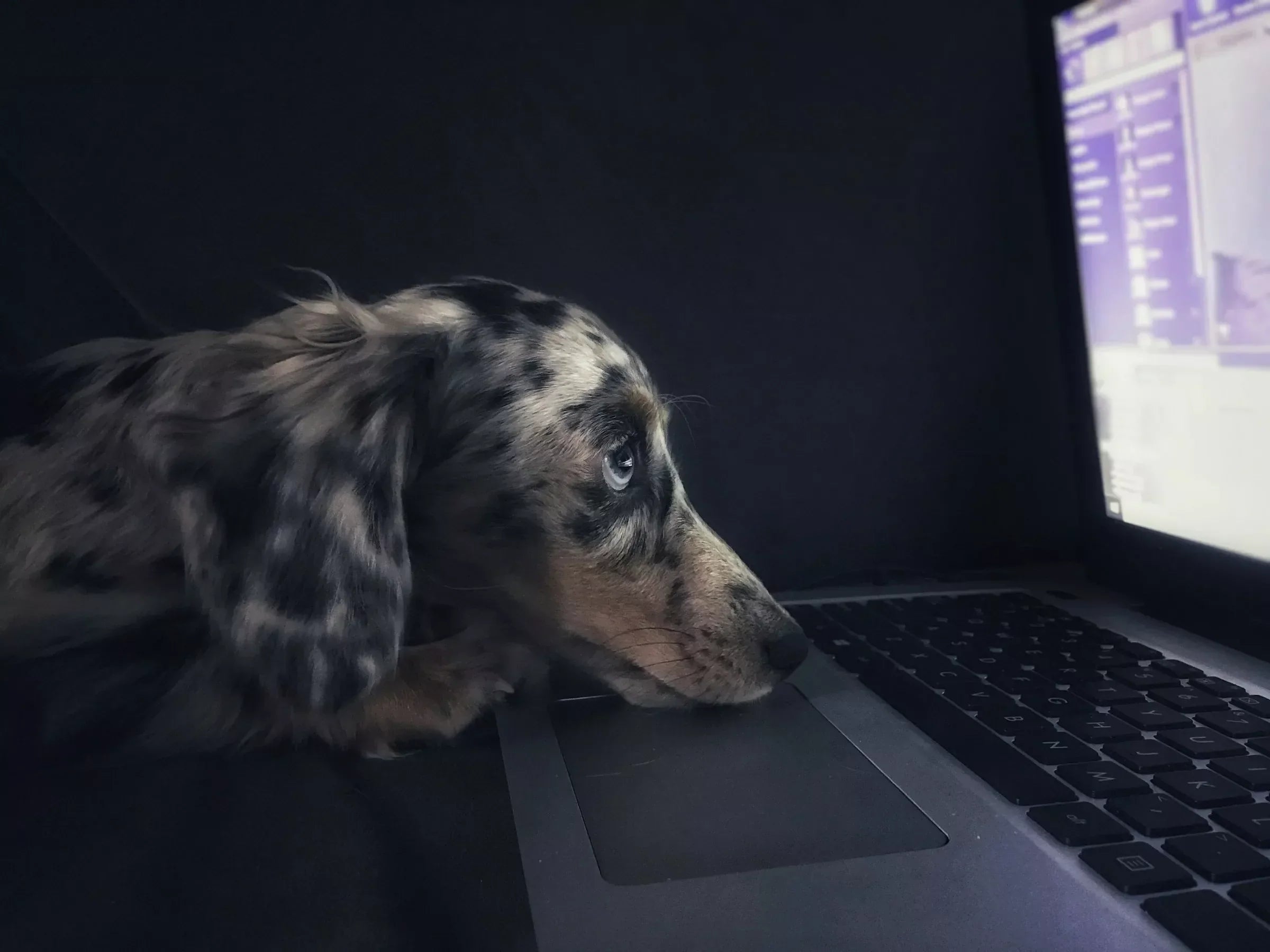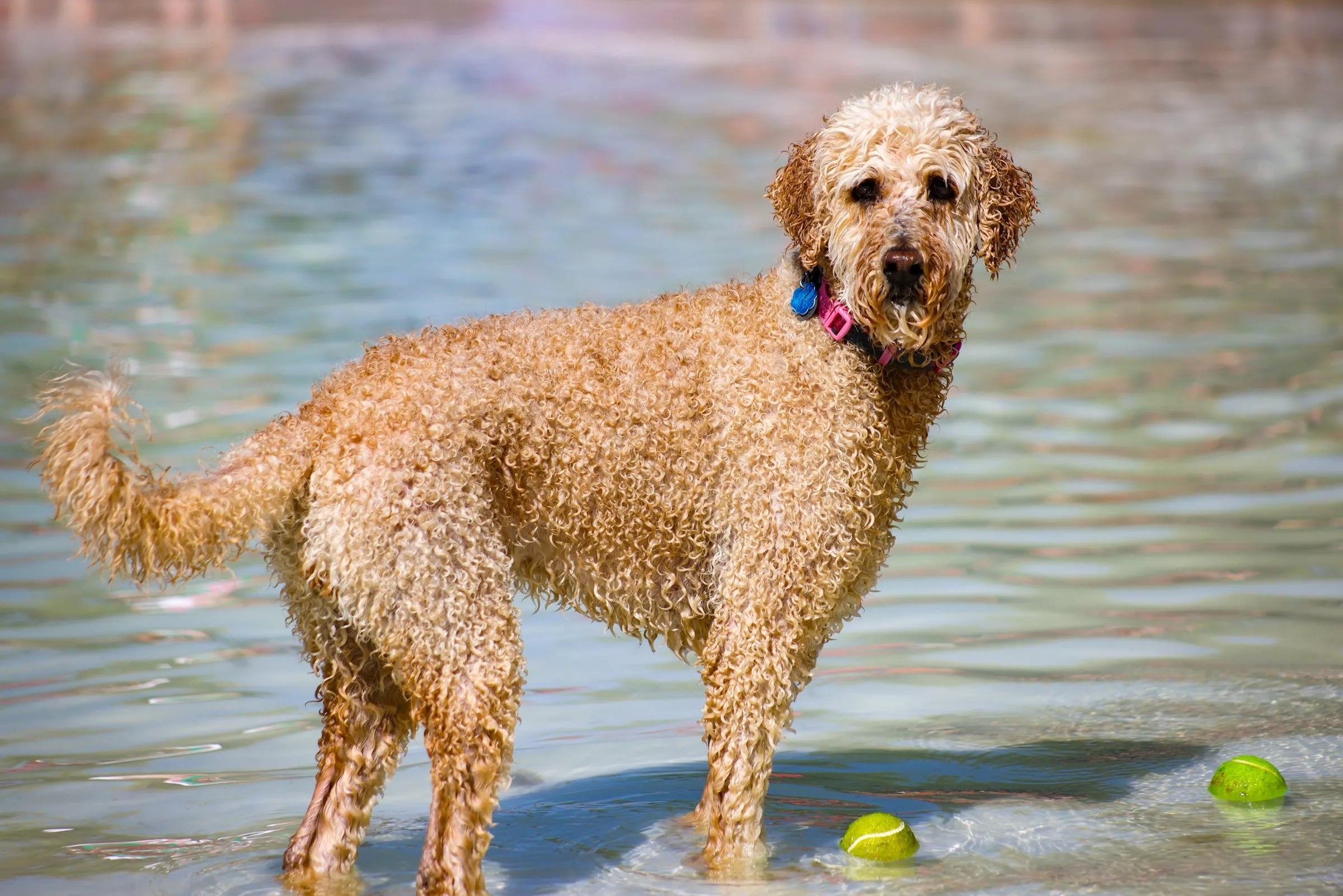As dog parents, we always want the best for our furry companions. We feed them, walk them, play with them, and ensure they receive the best care possible. But what about those pesky little parasites called fleas? Understanding where dogs pick up fleas is crucial in keeping our beloved pets healthy and happy.
Lifecycle of Fleas
Fleas are not just annoying; they are persistent little creatures with a life cycle that can be quite challenging to break. Understanding this cycle is the first step in combating these unwelcome visitors. Fleas go through four main stages: egg, larva, pupa, and adult flea. Each stage presents its own challenges in terms of control and eradication.

Where Do Dogs Pick Up Fleas?
Fleas can be found almost anywhere, but there are certain places where dogs are more likely to encounter them. Outdoor areas like parks, hiking trails, and even your backyard can harbor fleas. Additionally, interactions with other animals, such as stray dogs or wildlife, can also lead to flea infestations. Surprisingly, even indoor environments are not entirely safe from fleas, as they can hitch a ride on clothing or be brought in by other pets.
Common Misconceptions about Fleas
One common misconception is that only outdoor dogs get fleas. However, even dogs that spend most of their time indoors can still pick up fleas from various sources. Another myth is that fleas are only a problem in the summer months. While fleas are more active in warm weather, they can survive and thrive indoors year-round.
Signs Your Dog Has Fleas
Detecting fleas early is essential for effective treatment. Keep an eye out for signs such as excessive itching and scratching, red bumps or rashes, and visible fleas or flea dirt (tiny black specks that resemble ground pepper) in your dog's fur.

Preventing Fleas
Prevention is key when it comes to fleas. Regular grooming, including combing and bathing your dog with a flea-preventative shampoo, can help keep these pests at bay. Additionally, there are various flea control products available, including spot-on treatments, oral medications, and flea collars, which can provide long-term protection for your furry friend.
Treatment Options
If your dog does end up with fleas, don't panic. There are plenty of treatment options available. Topical treatments, such as spot-on solutions, can kill adult fleas and prevent future infestations. Oral medications are another effective option, as they target fleas from the inside out. Flea collars can also provide continuous protection for your dog against fleas and ticks.
Natural Remedies for Fleas
For those who prefer a more natural approach, there are several remedies that can help repel fleas. Essential oils like lavender, cedarwood, and peppermint have flea-repelling properties and can be diluted and applied to your dog's collar or bedding. Diatomaceous earth, a fine powder made from fossilized algae, can also be sprinkled around your home to kill fleas on contact. Additionally, planting flea-repelling herbs like rosemary, sage, and basil in your garden can help keep fleas away from your outdoor space.
Dealing with Flea Infestations
If your home becomes infested with fleas, it's essential to act quickly to prevent further spread and discomfort for your dog. Treat your dog with a flea-killing product recommended by your veterinarian, and wash their bedding and any other items they frequently come into contact with. Vacuum your home thoroughly, paying close attention to areas where your dog spends time, and consider using a flea spray or fogger to eliminate any remaining fleas and their eggs. If the infestation persists, don't hesitate to seek professional help from a pest control expert.
Conclusion
Fleas are more than just a nuisance; they can cause discomfort and health issues for our canine companions. By understanding where dogs pick up fleas and taking proactive measures to prevent and treat infestations, we can keep our furry friends happy, healthy, and flea-free.
FAQs
-
How do I know if my dog has fleas?
- Look for signs such as excessive itching, red bumps or rashes, and visible fleas or flea dirt in your dog's fur.
- Look for signs such as excessive itching, red bumps or rashes, and visible fleas or flea dirt in your dog's fur.
-
Can fleas harm my dog's health?
- Yes, fleas can cause allergic reactions, transmit diseases, and lead to anemia in severe cases.
- Yes, fleas can cause allergic reactions, transmit diseases, and lead to anemia in severe cases.
-
Are there any natural ways to prevent fleas?
- Yes, essential oils, diatomaceous earth, and flea-repelling plants can help repel fleas naturally.
- Yes, essential oils, diatomaceous earth, and flea-repelling plants can help repel fleas naturally.
-
Should I treat my home if my dog has fleas?
- Yes, treating your home is essential to eliminate fleas and prevent re-infestation.
- Yes, treating your home is essential to eliminate fleas and prevent re-infestation.
-
How often should I give my dog flea-prevention medication?
- The frequency of flea prevention medication depends on the type of product you're using and your dog's individual needs. Consult your veterinarian for personalized recommendations.















Share:
Dog Breeds That Can Be Left Alone
When Can Dogs Go on Full Walks?